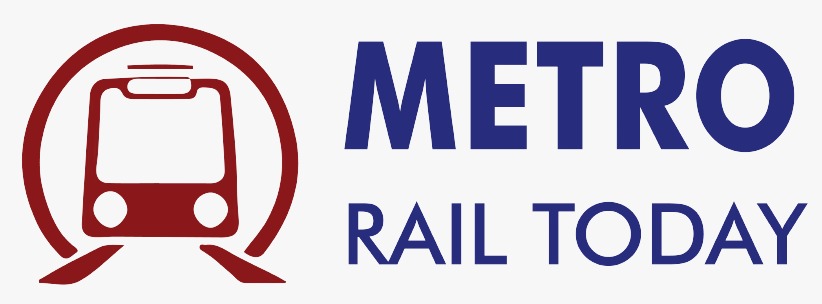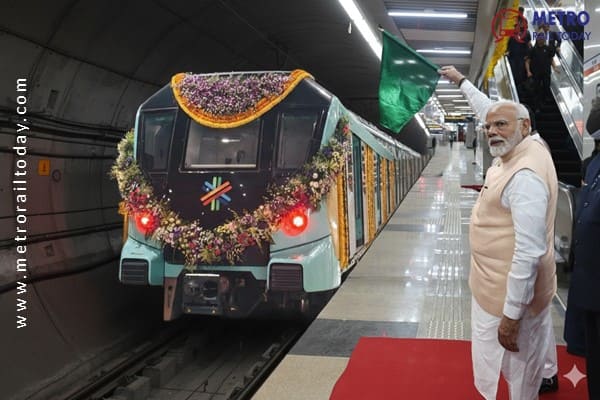 India's Rail & Metro Year-End Review 2025: A Year of Accelerated Execution and Visible Outcomes
India's Rail & Metro Year-End Review 2025: A Year of Accelerated Execution and Visible Outcomes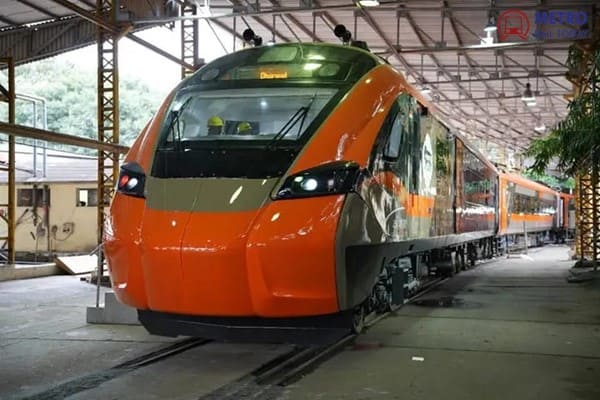 Indian Railways plans to manufacture eight additional sleeper rakes by March 2026
Indian Railways plans to manufacture eight additional sleeper rakes by March 2026 BEML sets timeline for production of high speed trainsets for India's first Bullet Train project
BEML sets timeline for production of high speed trainsets for India's first Bullet Train project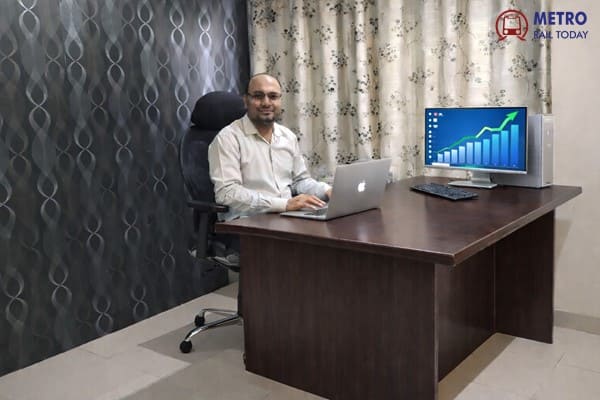 Dr. Vinod Shah appointed First Director General of the Chamber of Railway Industries
Dr. Vinod Shah appointed First Director General of the Chamber of Railway Industries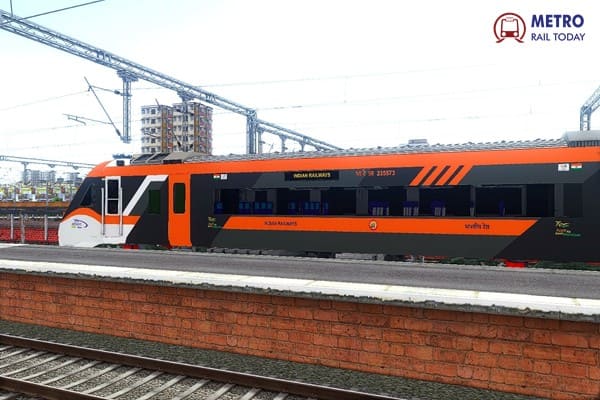 Indian Railways to run Namo Bharat Rapid Rail connecting Indore and Ujjain ahead of Simhastha 2028
Indian Railways to run Namo Bharat Rapid Rail connecting Indore and Ujjain ahead of Simhastha 2028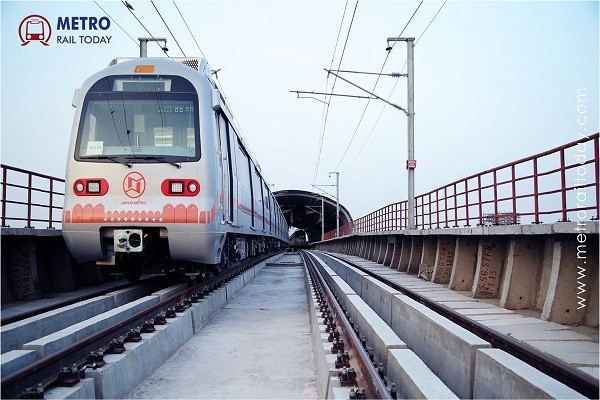 Jaipur Metro Phase 2 to link Airport Terminals, Promise faster Travel and stronger City connectivity
Jaipur Metro Phase 2 to link Airport Terminals, Promise faster Travel and stronger City connectivity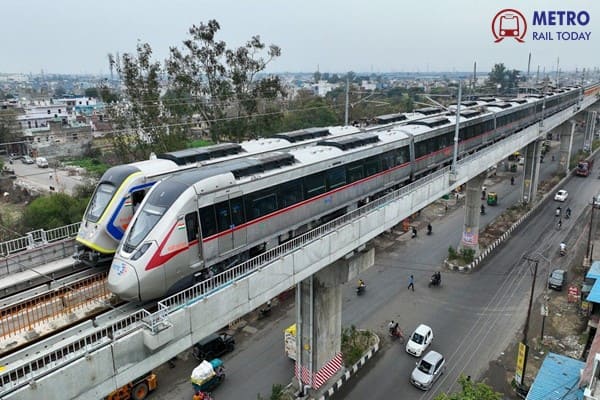 HMRTC proposes shared RRTS and Metro operations on Gurugram–Faridabad Metro corridor
HMRTC proposes shared RRTS and Metro operations on Gurugram–Faridabad Metro corridor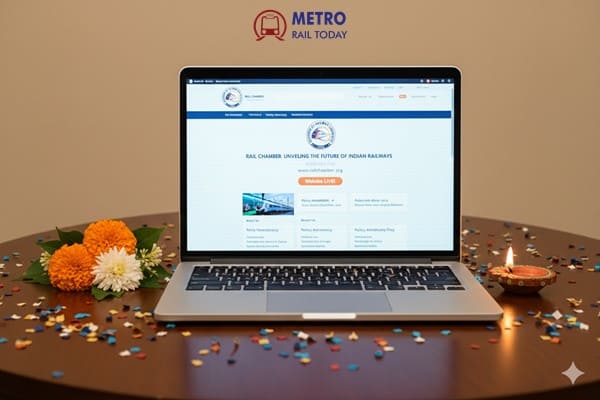 India launches Chamber of Railway Industries (Rail Chamber) on Good Governance Day
India launches Chamber of Railway Industries (Rail Chamber) on Good Governance Day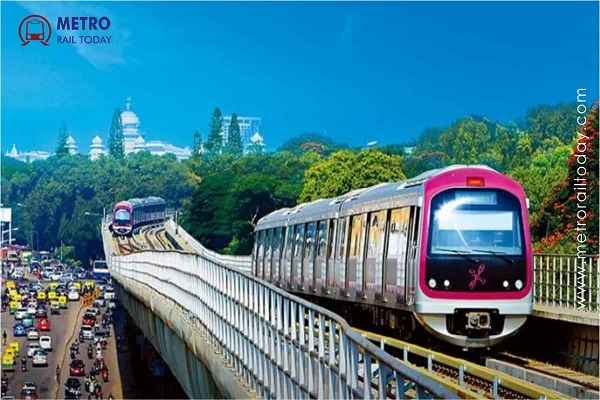 Bangalore Metro network gears up to grow from its current 96 km to 466 km by 2035
Bangalore Metro network gears up to grow from its current 96 km to 466 km by 2035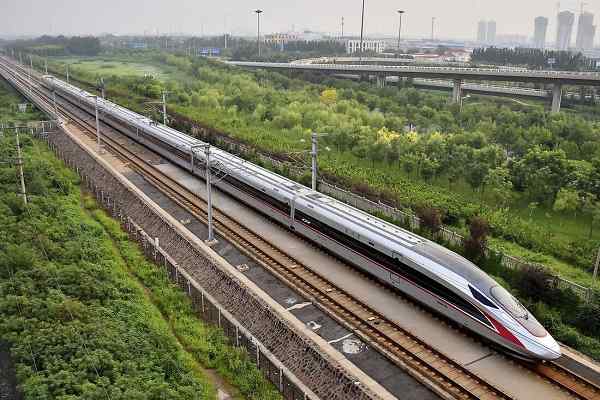 South Korea unveils EMU-370, Set to come World’s Second Fastest High-Speed Train
South Korea unveils EMU-370, Set to come World’s Second Fastest High-Speed Train
CUMTA proposes Hyperloop trials for Chennai's New Airport connectivity
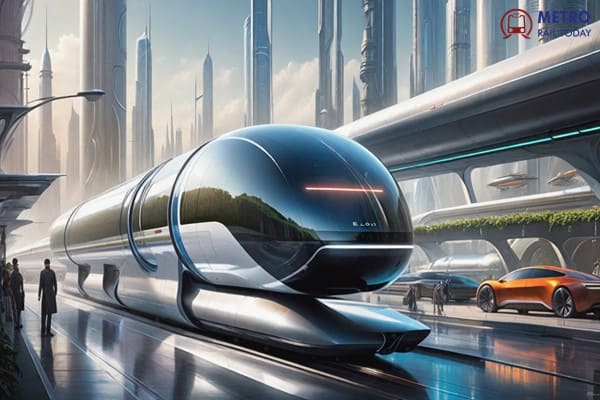
Chennai, India (Metro Rail Today): The Chennai Unified Metropolitan Transport Authority (CUMTA) has engaged in discussions with TuTr Hyperloop, a deep tech startup from IIT Madras, to explore the feasibility of hyperloop technology as a rapid transit option for the new airport. During a recent meeting, CUMTA officials expressed optimism about the hyperloop's potential to enhance connectivity and alleviate existing transportation challenges.
CUMTA officials highlighted the pressing need for high-speed transportation options to the upcoming Parandur Airport, which is expected to be operational by late 2028. "When the startup approached us, we recognized that hyperloop technology could play a crucial role in ensuring efficient travel to the new airport," stated a CUMTA representative.
In addition to connecting the new airport, officials suggested that hyperloop services could also facilitate transportation between Chennai Port, the container freight station, and the multimodal logistics park. This integration aims to reduce congestion and mitigate road accidents, addressing some of the city's current traffic woes.
How Hyperloop Technology Works
Hyperloop pods utilize magnetic levitation to travel at high speeds within a vacuum tube, significantly minimizing noise and friction. The pods are propelled by linear induction motors, with a sophisticated motor-magnet braking system controlling deceleration. Air compressors manage front air pressure, ensuring the pods maintain their speed without loss of efficiency.
The proposed greenfield airport at Parandur is set to be complemented by an extension of the Chennai Metro Rail from Poonamallee. This line will also connect the existing Meenambakkam Airport with the new Parandur facility, creating a seamless travel experience for passengers.
However, CUMTA officials emphasized that hyperloop technology is not designed to replace existing mass rapid transit systems like metro rail or bus services. Instead, it will serve as a point-to-point solution, augmenting the overall transportation network.
Initial Trials and Feasibility Studies
Given that hyperloop technology has yet to be commercialized anywhere globally, CUMTA has proposed conducting comprehensive studies to evaluate various factors, including infrastructure costs and operational logistics. "We suggested that the startup conduct trials on a 22-meter strip along the Outer Ring Road. Even if the tests do not succeed, the piers can still be utilized for metro rail," the official noted.
Aravind S Bharadwaj, founder director of TuTr Hyperloop, shared insights into the initial testing phase. The technology will first be evaluated at speeds of 100-150 km/h within a 410-meter long and 2-meter diameter test facility at the IIT Madras Discovery Campus in Thaiyur. Following successful trials, they aim to expand testing to longer distances at 600 km/h.
"We are developing a 1.5-tonne pod and have a prototype of the linear induction motor for propulsion trials. We will soon begin testing the levitation technology," Bharadwaj explained. Once the technology is ready for commercial application, the startup plans to collaborate with railway authorities to integrate elements of hyperloop technology into real-world transportation systems.
As Chennai looks towards the future, the potential implementation of hyperloop technology could revolutionize how residents and visitors travel within the city and beyond. With the combined efforts of CUMTA and TuTr Hyperloop, the vision of a hyperloop system connecting Meenambakkam and Parandur airports is on the horizon, promising to make rapid and efficient travel a reality for millions.
